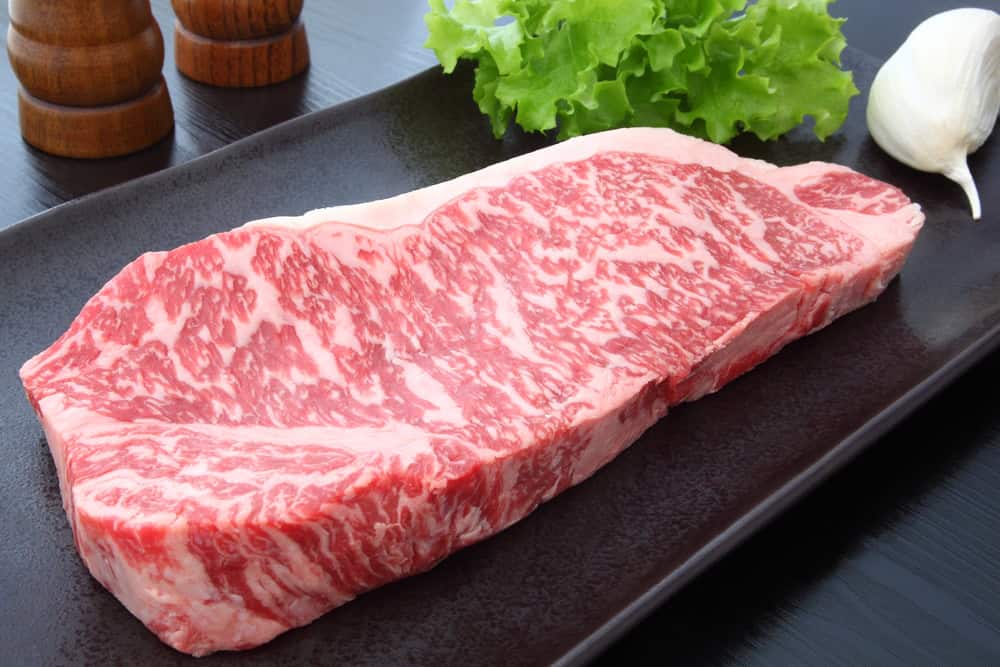Food is more than just sustenance; it’s a treasure trove of fascinating facts and intriguing histories that span the globe. From ancient civilizations using cacao beans as currency to the peculiar floating properties of apples, the culinary world is filled with surprising and delightful tidbits. Whether you’re a foodie or simply curious, these 20 legitimately interesting food facts will give you a new appreciation for what’s on your plate.
Honey Never Spoils
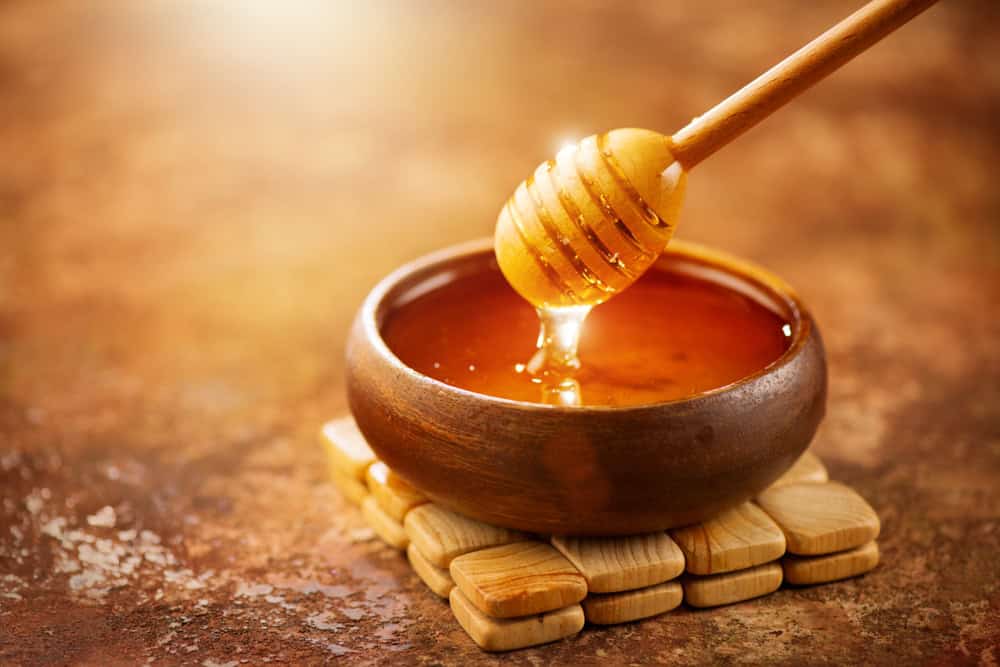
Honey found in ancient Egyptian tombs is still safe to eat. Its low moisture content and acidic pH create an inhospitable environment for bacteria and microorganisms, making it one of the few foods that can last indefinitely.
Tomatoes Were Once Feared
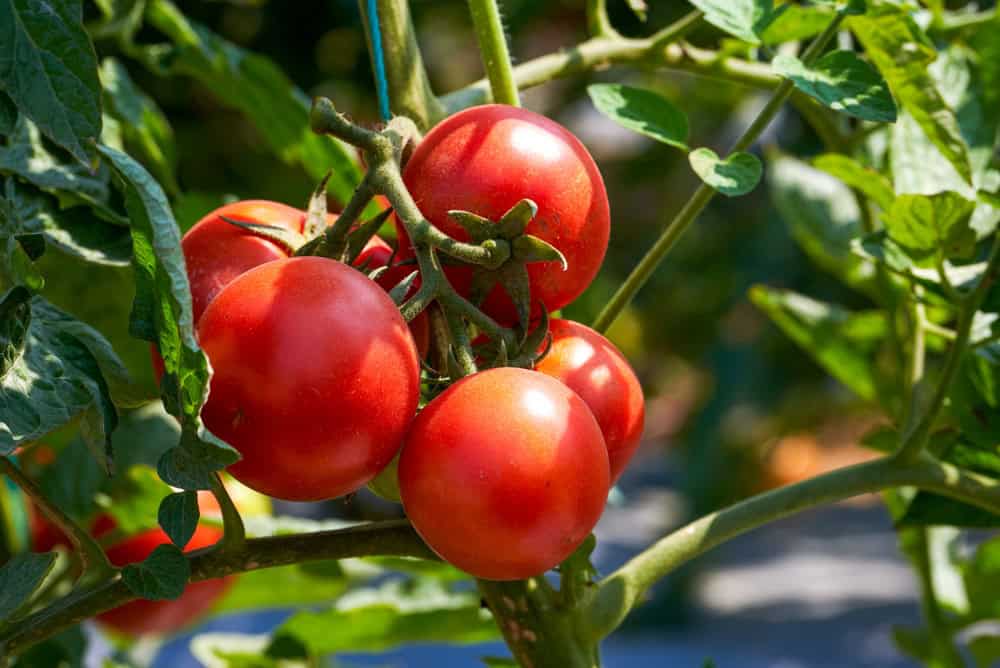
In the 18th century, Europeans believed tomatoes were poisonous because the acidic nature of the fruit could leach lead from pewter plates. This misconception led to tomatoes being dubbed “poison apples,” though they are now a staple in diets worldwide.
Chocolate Was Used as Currency
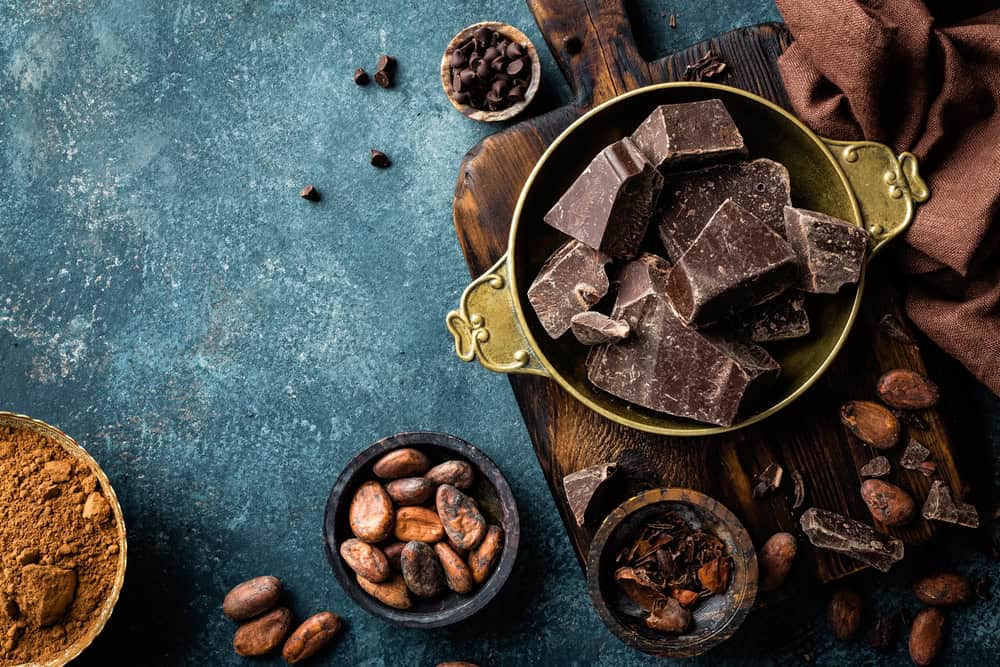
The ancient Maya and Aztec civilizations valued cacao beans so highly that they were used as currency. These beans were exchanged for goods and services, making chocolate a form of money and a luxury item for the elite.
Bananas Are Berries, Strawberries Are Not
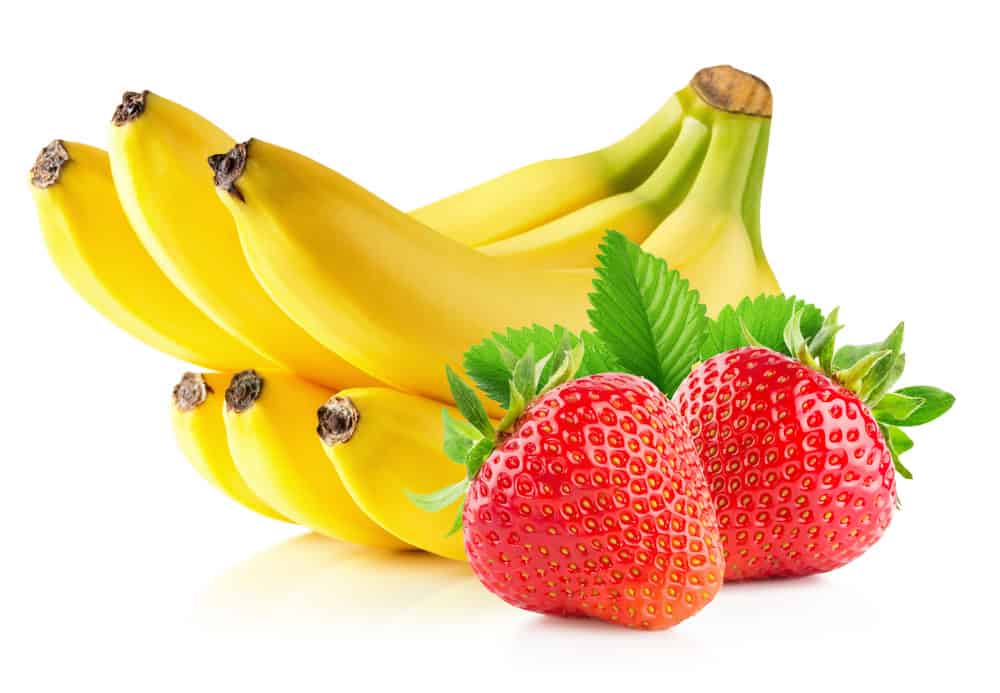
Botanically, bananas are classified as berries because they develop from a single ovary and contain seeds inside the fruit. In contrast, strawberries are not true berries; their seeds are on the outside, making them aggregate fruits.
Carrots Were Originally Purple
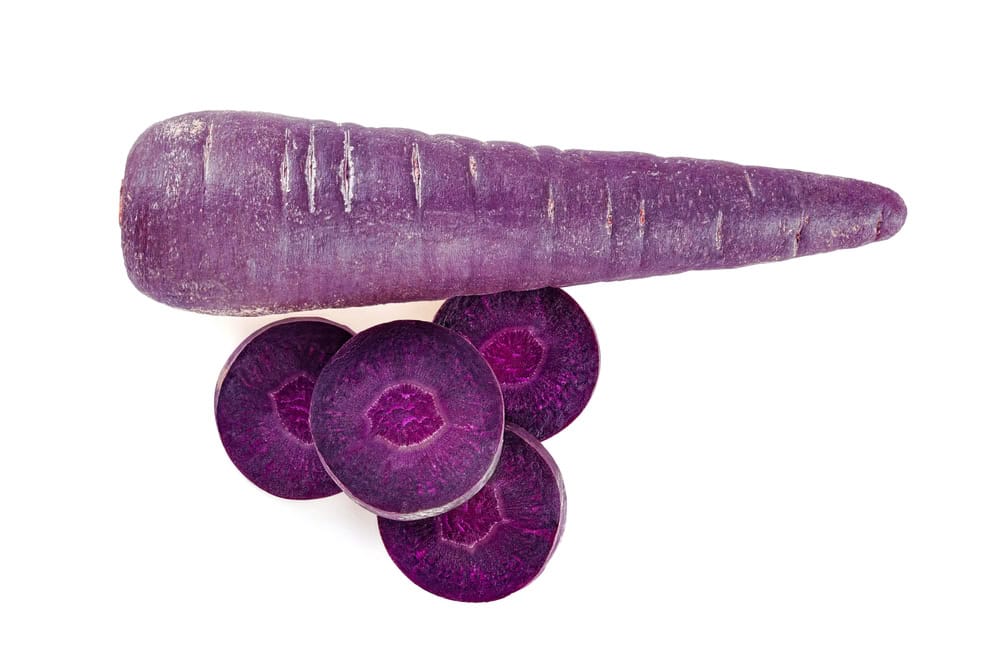
Carrots were first cultivated in Central Asia and were originally purple or white. The orange variety we know today was developed in the Netherlands in the 17th century, reportedly in honor of the House of Orange.
Pineapples Were Once a Status Symbol
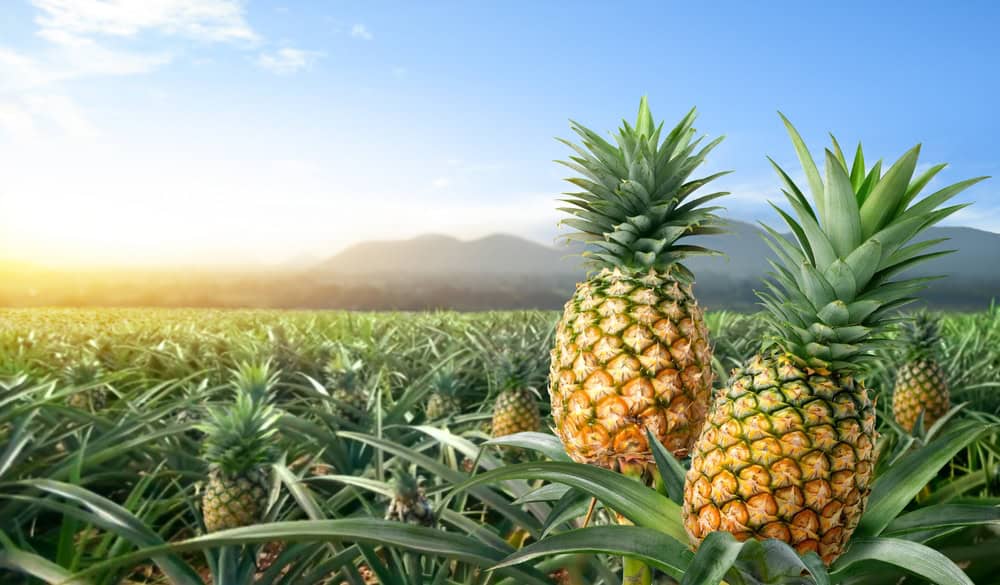
In the 18th century, pineapples were incredibly expensive in Europe and symbolized wealth and hospitality. People would rent pineapples to display at parties, showcasing their wealth without the cost of purchasing one.
Watermelon is 92% Water
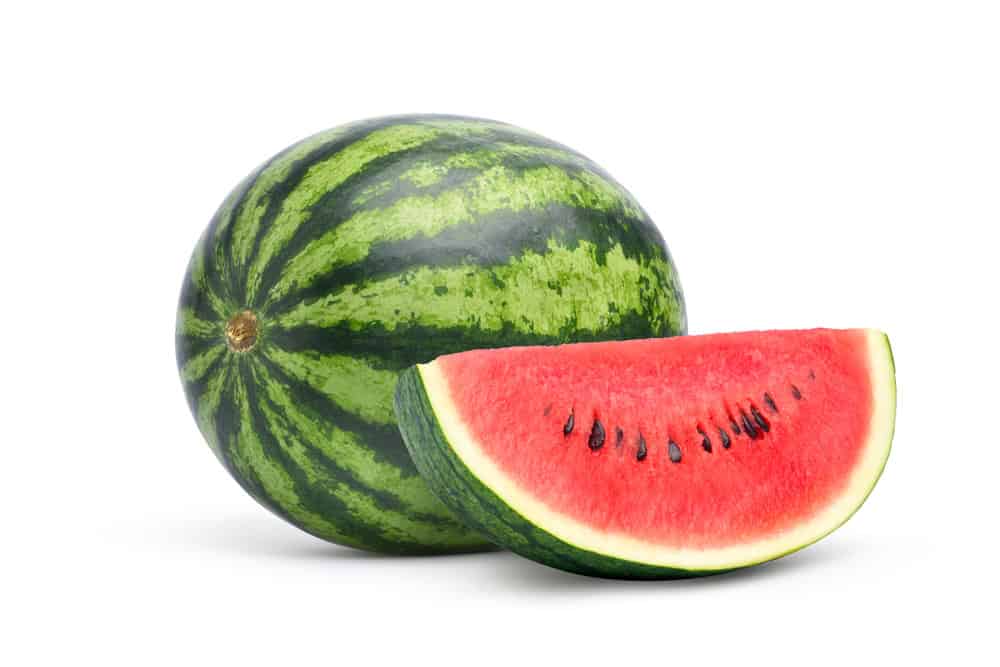
With its high water content, watermelon is an excellent hydrating snack, especially in hot weather. This juicy fruit is also packed with vitamins A, C, and B6, making it both refreshing and nutritious.
Apples Float in Water
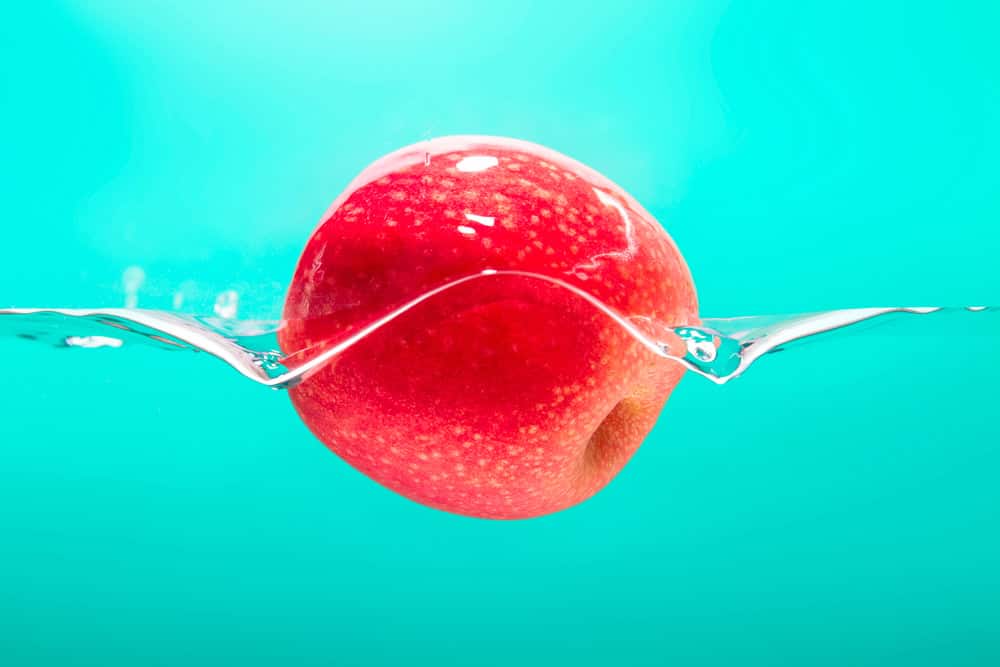
Apples are composed of about 25% air, which makes them buoyant. This property is why apples float in water and why bobbing for apples has been a popular game at autumn festivals for centuries.
The World’s Most Expensive Coffee Comes from Cat Poop

Kopi Luwak is made from coffee beans that have been eaten and excreted by civet cats. The digestive process ferments the beans, creating a unique flavor. This exotic coffee can sell for hundreds of dollars per pound.
The Popsicle Was Invented by an 11-Year-Old

In 1905, Frank Epperson accidentally left a mixture of powdered soda and water with a stirring stick on his porch overnight. The mixture froze, and he discovered the first popsicle, originally called the “Epsicle.”
Cranberries Can Bounce
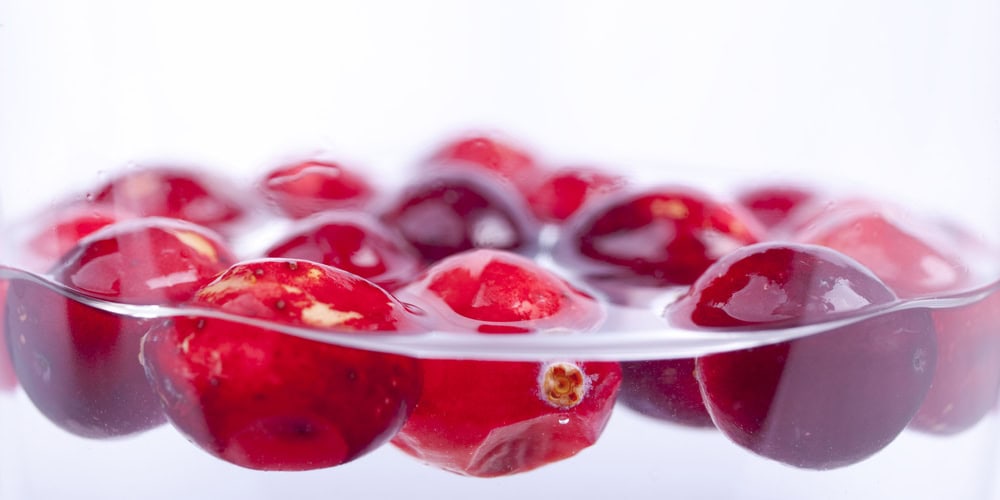
Ripe cranberries contain small air pockets, which allow them to bounce and float in water. This buoyancy is used to separate ripe cranberries from unripe ones during the harvesting process.
The World’s Most Expensive Pizza Costs $12,000

The Louis XIII pizza, created by chef Renato Viola in Italy, includes luxury ingredients such as caviar, lobster, and 24-karat gold flakes. This extravagant pizza is a testament to culinary opulence.
Peanuts Are Not Nuts
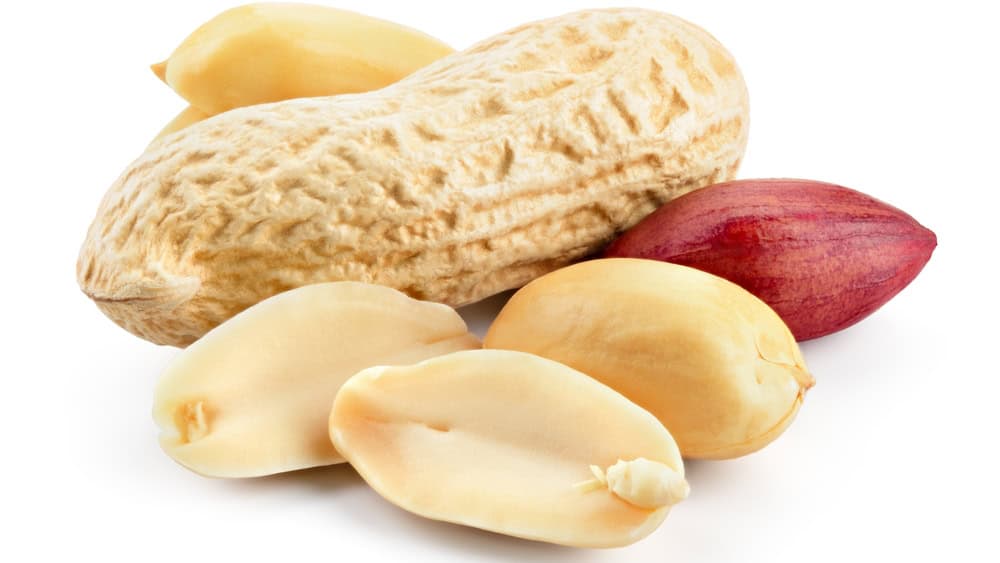
Peanuts are legumes, which means they belong to the same family as beans and lentils. They grow underground, unlike true nuts such as almonds and walnuts, which grow on trees.
Almonds Are Seeds, Not Nuts
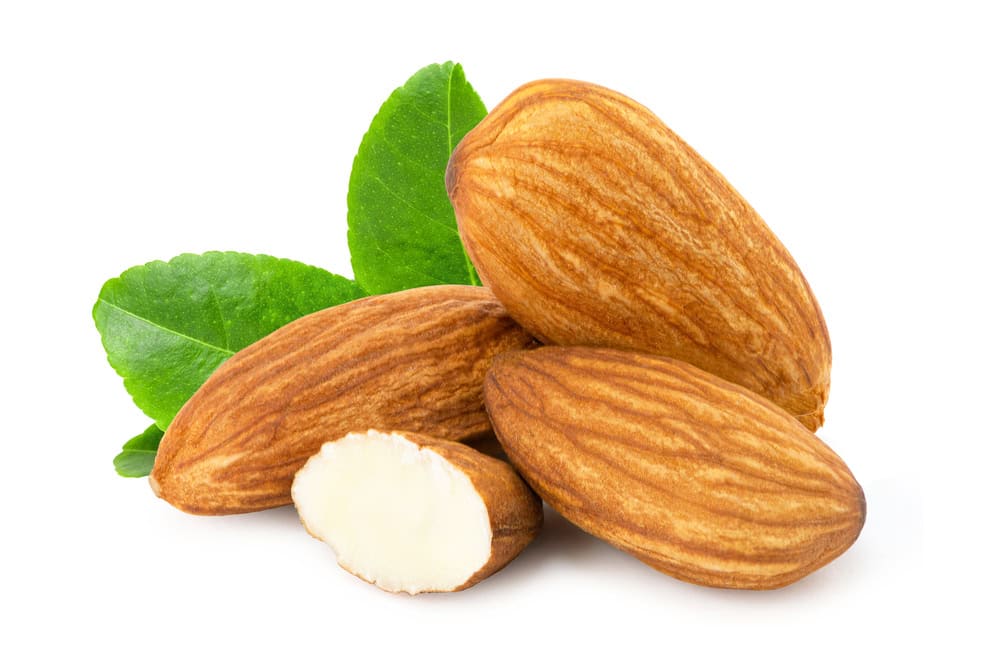
Almonds are the seeds of the fruit of the almond tree, related to peaches, plums, and cherries. The edible part we enjoy is the seed inside the almond fruit’s hard shell.
Saffron is the Most Expensive Spice
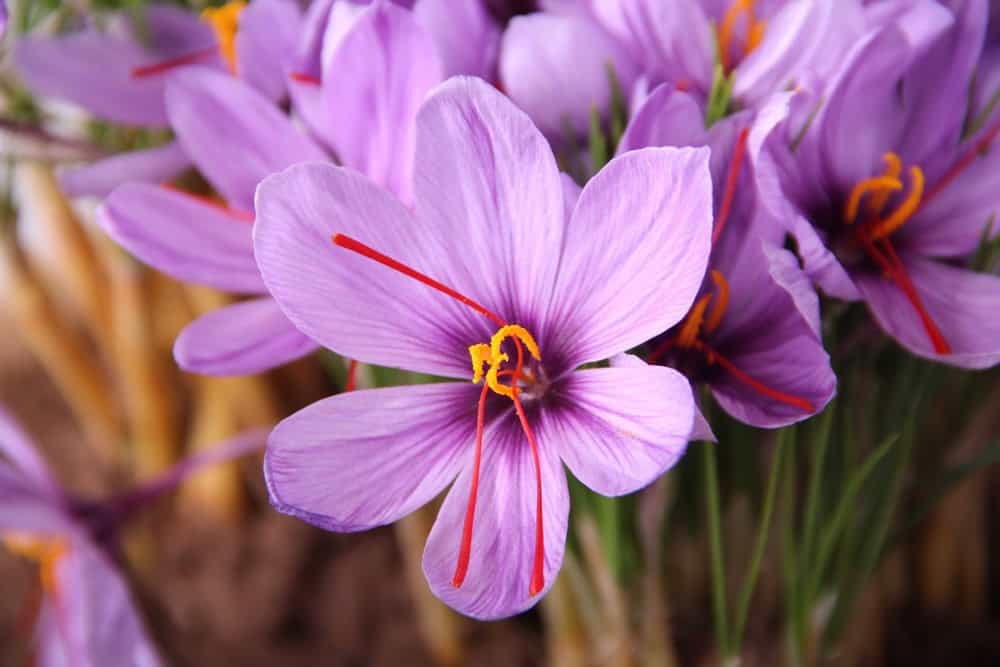
Saffron comes from the stigmas of crocus flowers. Harvesting saffron is labor-intensive, as each flower only produces three stigmas, and it takes around 75,000 flowers to produce just one pound of saffron, driving its high cost.
Worcestershire Sauce Contains Anchovies
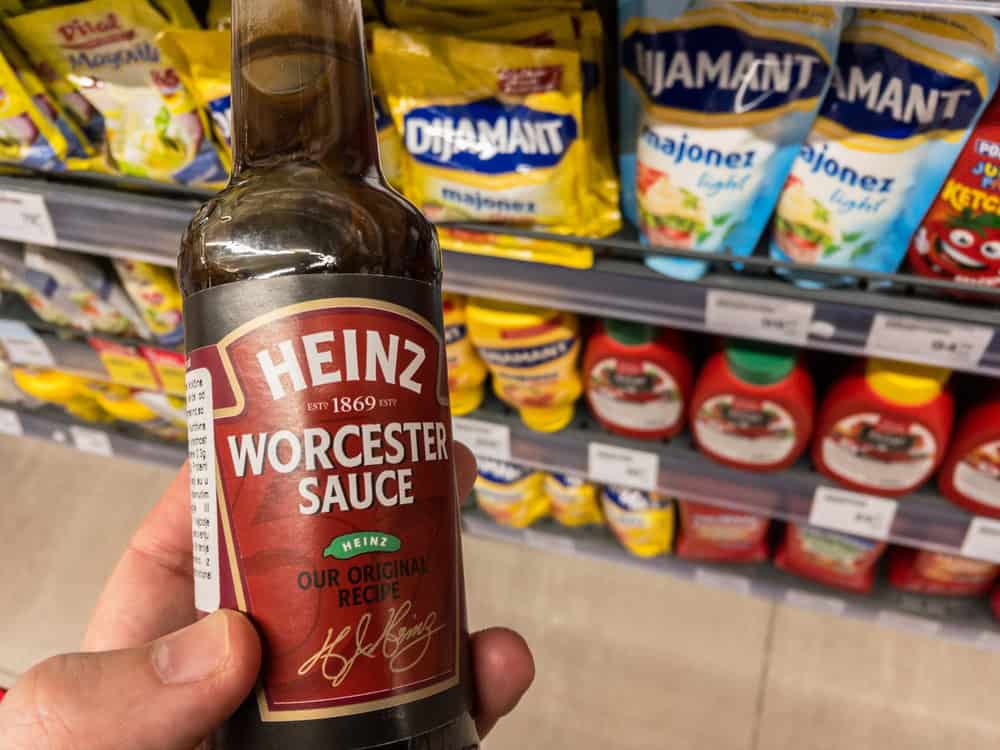
The original recipe for Worcestershire sauce includes fermented anchovies, which give the sauce its distinctive umami flavor. This unique taste has made it a popular condiment in various cuisines.
Potatoes Were the First Food Grown in Space
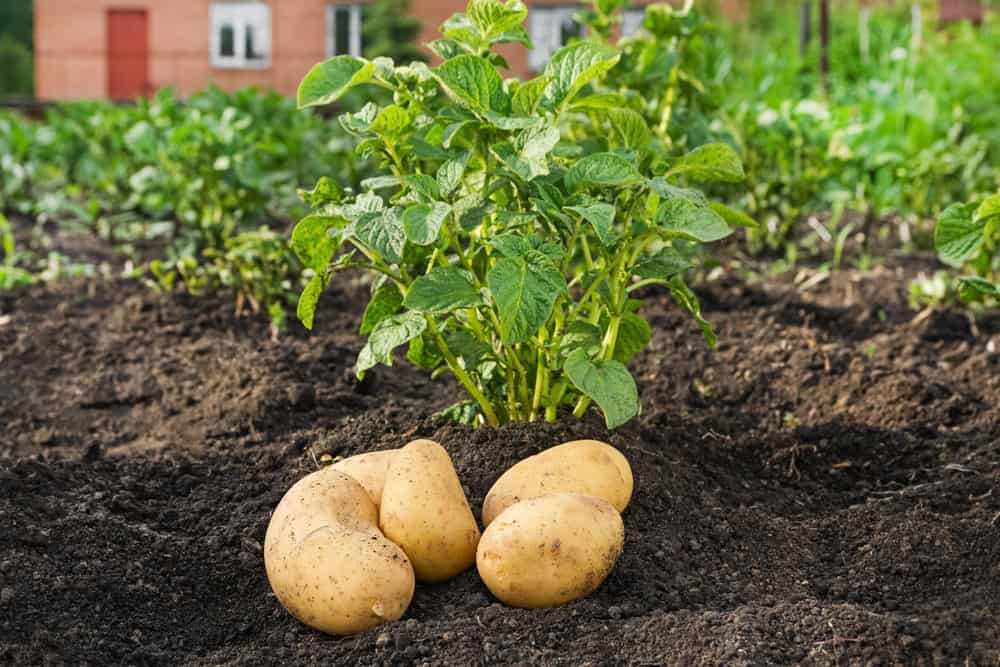
In 1995, NASA and the University of Wisconsin-Madison developed technology to grow potatoes in space. This experiment aimed to study how plants grow in microgravity and to explore sustainable food sources for long-term space missions.
The Durian is Known as the “King of Fruits”
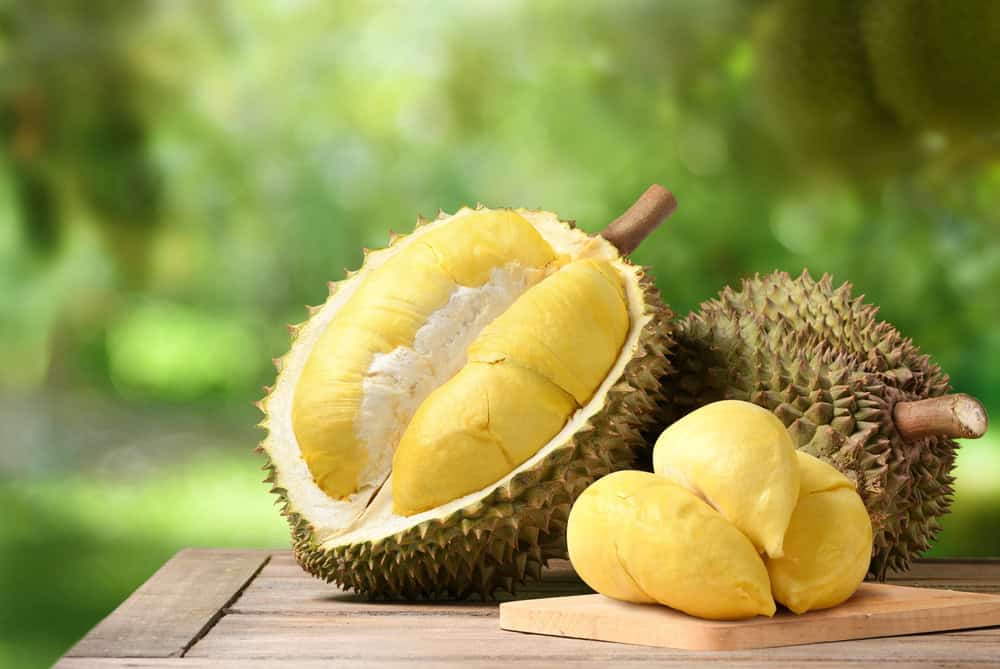
Durian is highly prized in Southeast Asia for its creamy texture and unique taste, despite its strong odor, which is often compared to rotten onions or raw sewage. Its flavor is described as a mix of sweet, savory, and creamy.
Ketchup Was Once a Medicine
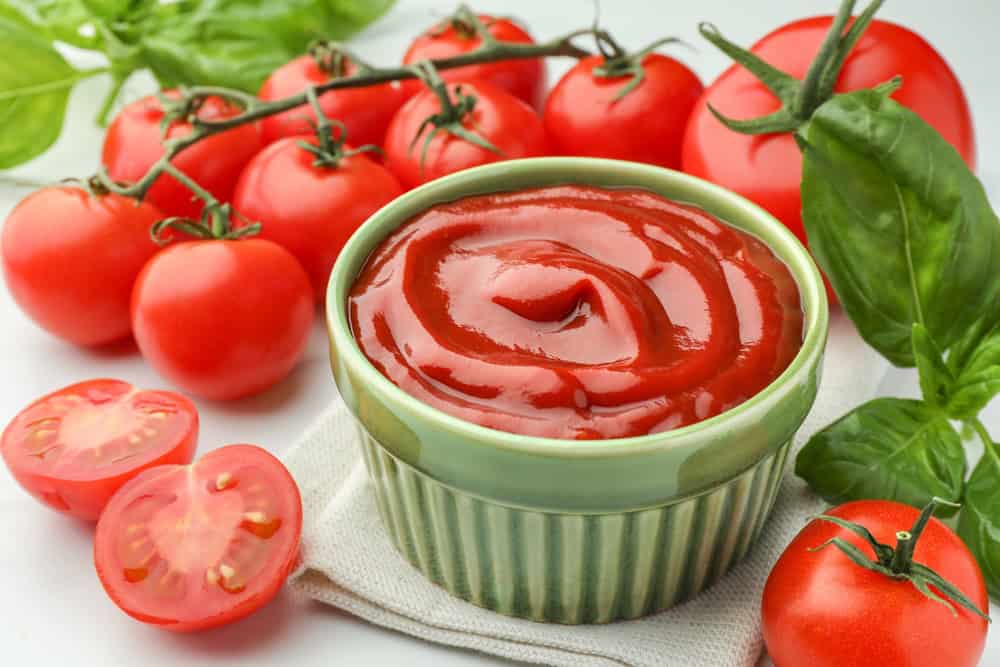
In the 1830s, Dr. John Cook Bennett claimed tomatoes could cure diarrhea, indigestion, and jaundice. He turned tomatoes into a pill form, essentially creating the first “tomato ketchup” as a medicinal product.
Cheese is the Most Stolen Food in the World
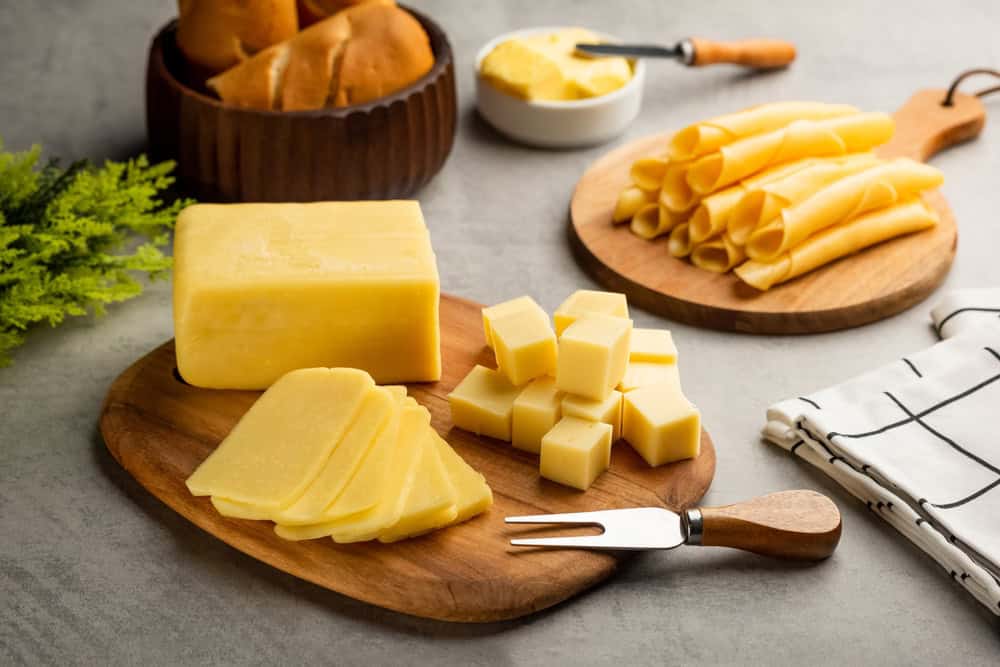
According to various reports, around 4% of the world’s cheese ends up being stolen. The high demand and relatively high value of cheese make it a frequent target for theft, earning it the title of the most pilfered food globally.
This article originally appeared on Rarest.org.
More From Rarest.Org
Wagyu beef, renowned for its luxurious marbling and unparalleled tenderness, stands as the epitome of high-quality meat. Originating from Japan, where meticulous breeding techniques and careful feeding regimens elevate its flavor and texture, Wagyu has garnered a global reputation. Read more.
When considering adding a small dog to your family, the price tag might be a surprise. Many small dog breeds are not only sought after for their compact size and adorable looks but also come with a significant cost. Read more.
Essential oils are much more than just pleasant scents; they are potent extracts that harness the therapeutic properties of plants. These oils are obtained through meticulous extraction processes that often require large quantities of plant material, making some varieties particularly rare and expensive. Read more.

